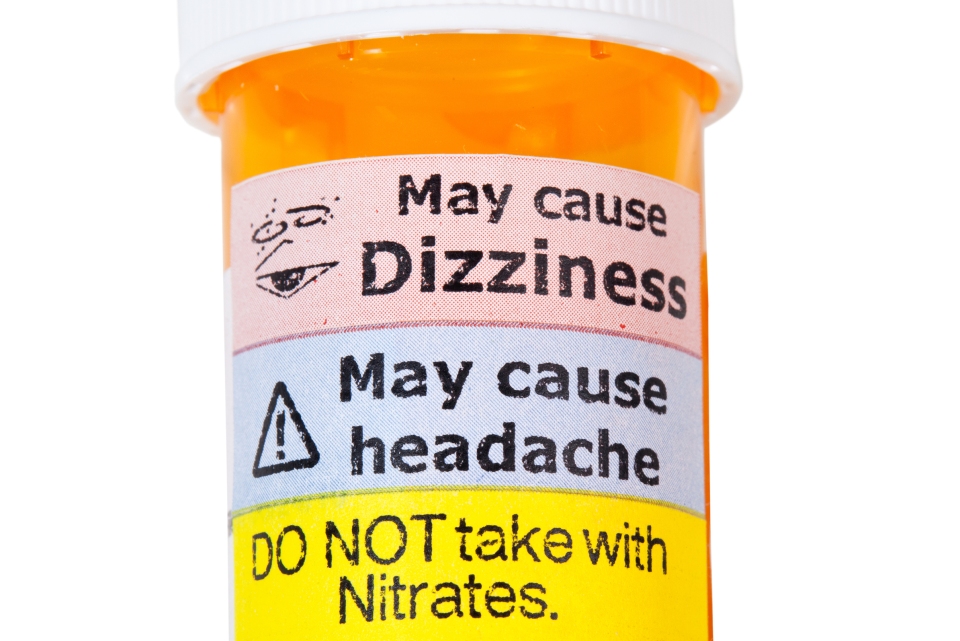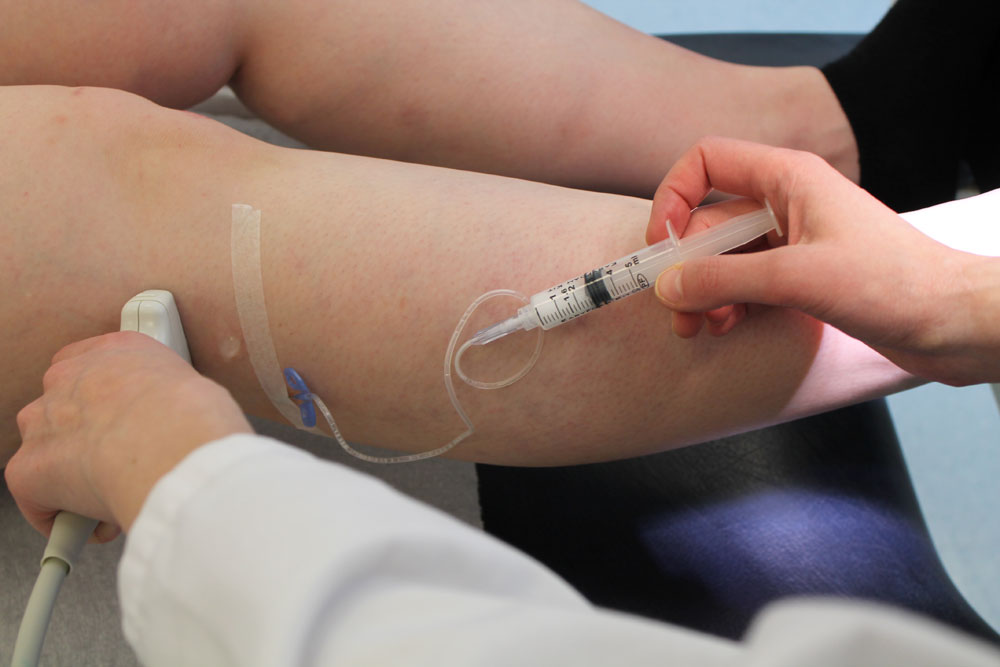Is your birth control doing you harm?
Levonorgestrel is the medication that is released by the Mirena birth control device. The Mirena intrauterine device is placed in your uterus in order to release levonorgestrel, which acts as a contraceptive and reduces heavy menstrual bleeding. It’s supposed to be effective for up to five years, but the big question is, “Is it safe?”
With levonorgestrel, there are a number of side effects that are very common. These include heavy or light menstrual bleeding. Like all contraceptives, levonorgestrel does affect your menstrual cycle, so it’s difficult to predict how your body will respond. Increased or decreased bleeding may be how your body reacts to the medication.
Another of the more common levonorgestrel side effects is amenorrhea, or a missed period. This isn’t the same as a missed period caused by pregnancy, as the missed period is the result of the hormonal changes caused by the medication.
Some women notice spotting between periods when using the Mirena. Others notice heavier bleeding following placement. The placement of the IUD may affect the menstrual cycle, but shouldn’t be a cause for worry. It’s normal to expect a bit more bleeding until your body becomes accustomed to the IUD and the device. However, if the bleeding continues, visit your doctor for a thorough examination.

READ MORE: Healthy Foods with Nasty Acne Side Effects
Abdominal and pelvic pain are also a fairly common side effect of the IUD. The device is releasing levonorgestrel into your body, and it can cause swelling, bloating, nausea, and vomiting. Within the first few months of implanting the device, some women notice problems like breast tenderness, breast pain, weight gain, mood changes, acne, depression, lack of sexual desire and interest, and back pain.
In extreme cases, ovarian cysts may form as a result of the medication. While this isn’t the most common of the levonorgestrel side effects, it’s common enough to be a cause for concern. Those with a history of ovarian cysts should consult with their doctor before placing the Mirena IUD.
Your skin may also show a few levonorgestrel side effects. Women who use the Mirena often develop rashes, redness of the skin, skin irritation, or puffiness in the feet, ankles, hands, and/or face. This is the body’s way of adapting to the medication. If the symptoms persist, it’s vital that you get checked out by a doctor.
Of course, there are a few drug interactions you need to know about before using levonorgestrel. There are serious potential interactions with steroids, insulin, and warfarin (blood thinners). If you’re taking OTC medications, you should let your doctor know before placing the IUD. You should also ask about any herbal supplements, vitamins, minerals, or other drugs you take, have taken, or are likely to take in the future.
The good news is that these levonorgestrel side effects aren’t as common as you might think. Fewer than 10% of people ever experience side effects like back pain or depression, and abdominal bloating and cramps are fairly uncommon. However, it’s documented that up to 67% of women will experience heavy menstrual bleeding as a result of the IUD.
Like any medication, levonorgestrel isn’t without its risks. It does offer a lot of benefits in terms of contraception, but you need to be prepared for any side effects in order to know what you’re getting into. Sit down with your doctor and have a frank discussion about what to expect from the Mirena IUD. The results could be minor, or there could be serious levonorgestrel side effects you need to be prepared for.








